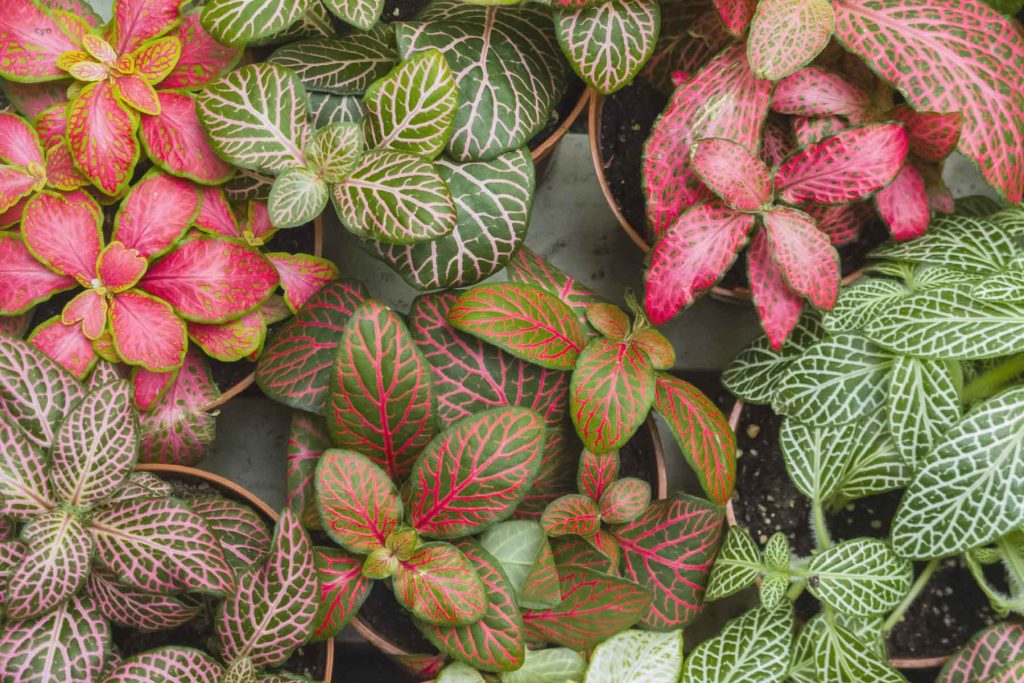
Fittonia is a lovely and elegant variety of flowering plants. Fittonia plants are also known as ‘nerve plants’ because they have distinct striking markings on their leaves that resemble nerve-like patterns. A healthy Fittonia plant would have a cluster of green leaves patterned with distinctive yellow, red, white, or pink-colored lines. The plant's widespread name, Nerve Plant, is derived from these eye-catching nerve-like lines/patterns. Fittonia is also known as the 'mosaic plant' or 'painted net leaf.'
If you are a Fittunia enthusiast and wish to know how to propagate your Fittonia, you’re at the right place. To learn about Fittoria propagation, keep reading on.
Propagation is beneficial for a variety of reasons. You might desire more plants for your collection or to give as presents to your friends. There will be no lack of interested takers since they're so eye-catching. It may also be possible that your initial plant has become exhausted or bushy, necessitating a new start.
Spring is an excellent season to take cuttings and start growing new plants to add to your collection. While cuttings may be taken all across the summer, the Fittonia begins to put forth luxuriant new growth in the spring and early summer, which lends itself to additional multiplication.
The easiest way to propagate Fittonia is to take stem cuttings and propagate them in water or soil. They may also be grown from seed, although this is more time-consuming and difficult. Fittonia plants are simple to produce, but they need high humidity, continuous wetness, and bright, indirect light to thrive.
You should examine the plant from which you wish to undertake cuttings very carefully. Healthy shoots that have plenty of robust development are what you're searching for. Longer stems are preferred since the cutting will be stripped of the lowest few leaves. Cut off as much as you need using scissors or sharp pruners, but not so much that the parent plant looks too barren. Trim the foliage from the stem's lowest inch (2.5cm). Trim any surplus leaves from cuttings with a lot of leaves so that you will only have one or two leaf pairs at the stem's tip. This will lessen the chance of the cutting wilting due to excessive transpiration.
Fittonia propagation in water is equivalent to propagating them on the soil. The benefits include being able to observe the roots grow and determining if they are suitable to be potted. While propagated in water, I found that they are less prone to wilt, although their growth rate is a little slower.
For propagating Fittonia in water, prepare your cuttings as mentioned above and follow these steps carefully.
Using stem cuttings and propagating them in water or soil is a simple way to propagate Fittonia. The success rate will be substantially improved by providing bright, indirect light, high humidity, and continuous wetness. There is no "down" period for these tropical plants. These window plants flourish and thrive all year if you give them the correct environment. You may encourage your plants to wander along or flow over the edge of hanging baskets depending on how they were planted. They can easily become your best friends with a little tender loving care!